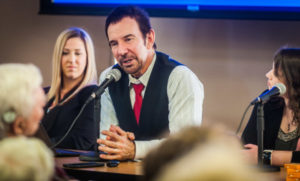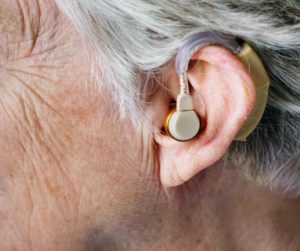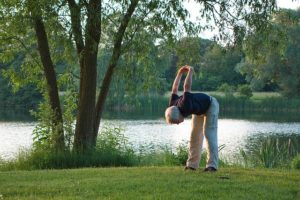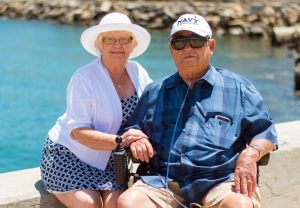It is estimated that 3.3 million U.S. children suffer from some degree of balance problems (Li, Hoffman, Ward et al, 2016). Further Lin and Bhattacharyya (2012) estimate that one in five elderly persons experiences annual problems with dizziness or balance. Based on these statistics it is little wonder that falls are a significant cause of accidental death in persons over age 65.
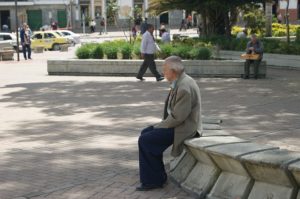
Unfortunately the facilities that specialize in balance disorders and balance therapy are few and far between. Those of us living in Oregon are fortunate to have a comprehensive balance diagnostic and therapy clinic as near as Portland. This facility known as the Clinical Audiology and Vestibular Laboratory recently underwent a million dollar equipment update.

The tests offered at this facility extend far beyond the basic caloric and Rhomberg tests offered at many other facilities. These tests include the following:
- Electronystagmography and Dix-Hallpike (ENG/HP and VNG/HP)
- Oculomotor test
- Positionals
- Hallpikes for identifying positional vertigo (BPPV)
- Caloric test
- Rotary chair vestibulo-ocular reflex
- Special rotation studies
- Computerized Dynamic Posturography (CDP)
- VNG pressure/Tullio test
- Vestibular evoked myogenic potential (VEMP)
- Electrocochleography
- Auditory brainstem response (ABR)/N. VIII studies
- Frequency-specific threshold (latency/intensity) ABR
- Otoacoustic emissions (OAE)
- Tinnitus evaluations
The benefit of these tests is that they are able to identify the numerous causes of balance disorders stemming from all parts of the peripheral balance system and can also help differentiate those balance disorders in the higher (central) balance centers. In addition, the hospital has an MRI facility that assists in identification of space occupying lesions of the balance system. Taken in sum this single facility offers most of the tests currently recommended by the American Academy of Audiology for facilities of excellence.
Over the past 20+ years we have referred numerous patients to this facility to gain more insight into the cause of each patient’s balance problems and to seek viable therapies to mitigate these balance problems.




